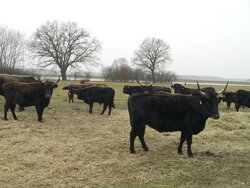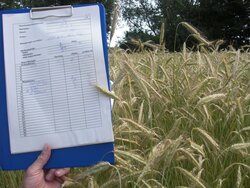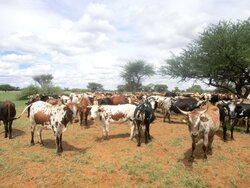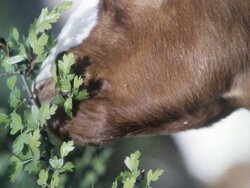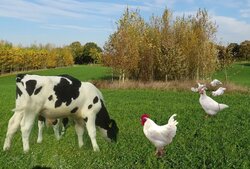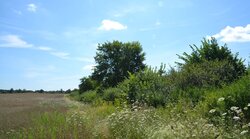Agro-Silvo-Pastoral Systems
The interactions of arable land, woody plants and grassland are ecologically and also economically interesting and are new scientific territory in Germany. While agricultural and forest areas are sharply separated, they are considered together on the basis of a “utilized landscape” approach. This becomes relevant when local recreation, nature conservation and efficiency are thought about and implemented together.
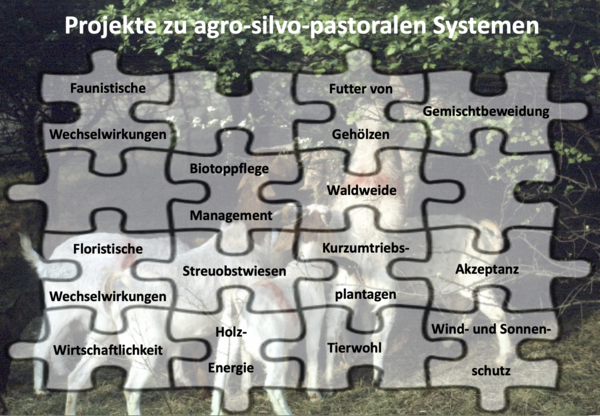
Examples are contract nature conservation on extensive park-like pastures, forest pasture, fodder hedges, shade trees, raptor protection, curtilages as windbreaks and also short rotation plantations. Agroforestry can also be an income option in the future as a CO2 sink, as a valuable renewable resource (wood) and also for harvesting nuts, berries, fruits and fruits. For organic farming, the functional options are also interesting, for example, when beneficial insects need seasonal habitat changes (many bird species, insects, amphibians). In pasture farming, land efficiency can be increased if, for example, monogastric animals (poultry, pigs) are kept on wooded areas or ruminants on orchards. Decisive for the success of agro-silvo-pastoral systems are economic competitiveness, positive ecological effects and technical adaptations.

![[Translate to English:] [Translate to English:]](/media/_processed_/8/e/csm_Bildschirmfoto_2021-03-03_bearb_fc48ac88bf.jpeg)
![[Translate to English:] [Translate to English:]](/media/_processed_/8/e/csm_Bildschirmfoto_2021-03-03_bearb_ba3ec0e9d7.jpeg)
